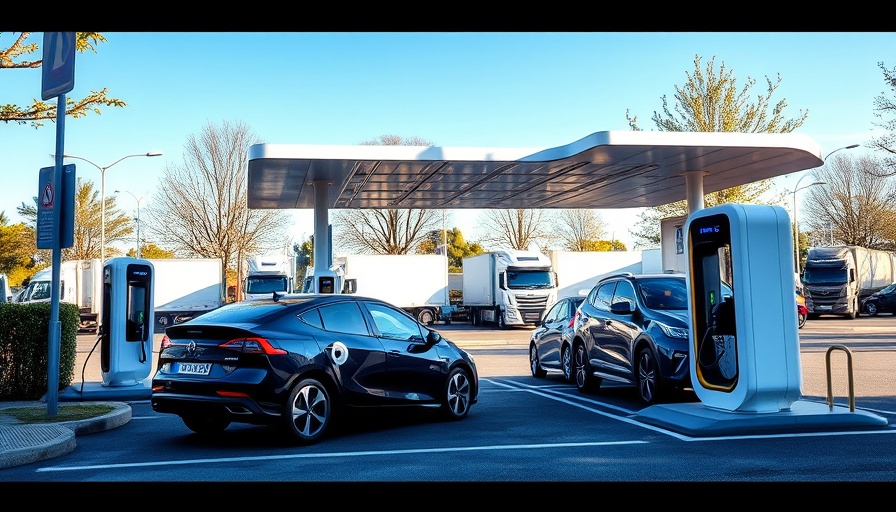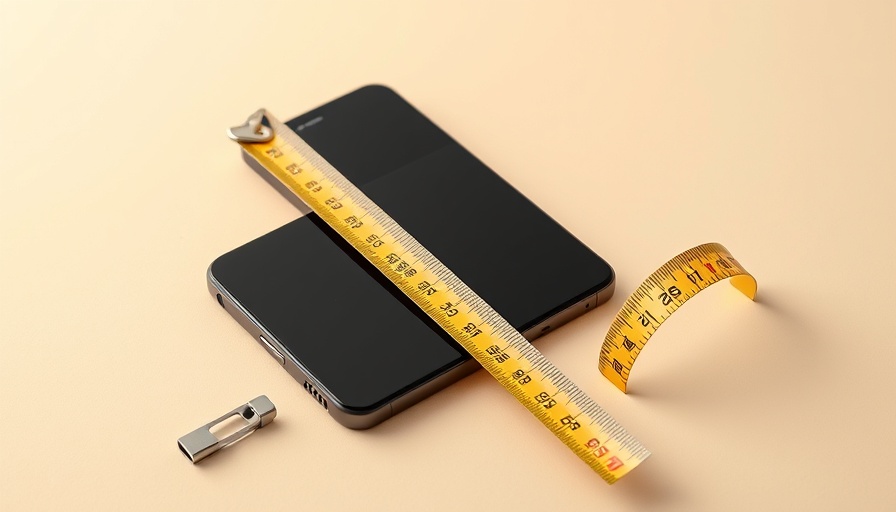
Unexpected Consequences of EV Chargers
Electric vehicles (EVs) have been heralded as a major step toward reducing our carbon footprint and combating climate change. However, a startling new study from UCLA raises questions about the environmental impact of the infrastructure supporting these green vehicles—specifically, the charging stations that service them. While the act of driving an EV doesn't emit harmful gases, the charging process may introduce unexpected pollution concerns.
How Charging Stations Pollute Air Quality
The study identified that areas surrounding Direct Current Fast Charging (DCFC) stations exhibited significantly worse air quality compared to other locations. Researchers found worrying levels of fine particulate matter (PM2.5) in these areas. Prof. Michael Jerrett expresses concern that such particles, tiny enough to infiltrate our lungs and bloodstream, can exacerbate pre-existing health conditions, leading to dire health risks including heart and lung diseases.
The Science Behind the Pollution
So, what exactly is causing this pollution at EV charging stations? One primary factor is the cooling fans that are essential for maintaining the functionality of these charging units. As these fans operate, they elevate dust and other particulate matter into the air. Additionally, the electricity conversion from the grid to charging vehicles contributes to this pollution. It’s a complex balance where the very technology designed to promote sustainability may introduce new hazards.
A Move Towards More Sustainable Solutions
Despite the findings, there's positive news—the EV industry is taking steps to address this issue. Companies like ChargePoint are implementing measures such as strategic placement of air intakes and exhausts to minimize pollution. Additionally, ChargePoint plans to introduce filters to capture harmful particulates before they can enter the atmosphere, showing a proactive approach towards making EV charging more sustainable and safe.
Implications for Health and Environment
This study serves as a reminder of the intricate relationship between technological advancements and environmental health. While transitioning to EVs and their chargers is a critical move toward greener energy solutions, we must also remain vigilant about the unintended consequences that may arise. As cities encourage the adoption of electric vehicles, they also need to ensure that the infrastructure supporting them is safe for their citizens.
In conclusion, as we embrace electric vehicles and the promise they hold for a cleaner planet, it's crucial to critically assess all aspects of the technology, including its impact on air quality. These insights should empower consumers and policymakers alike to advocate for thoughtful solutions that enhance both environmental health and overall public safety.



Write A Comment